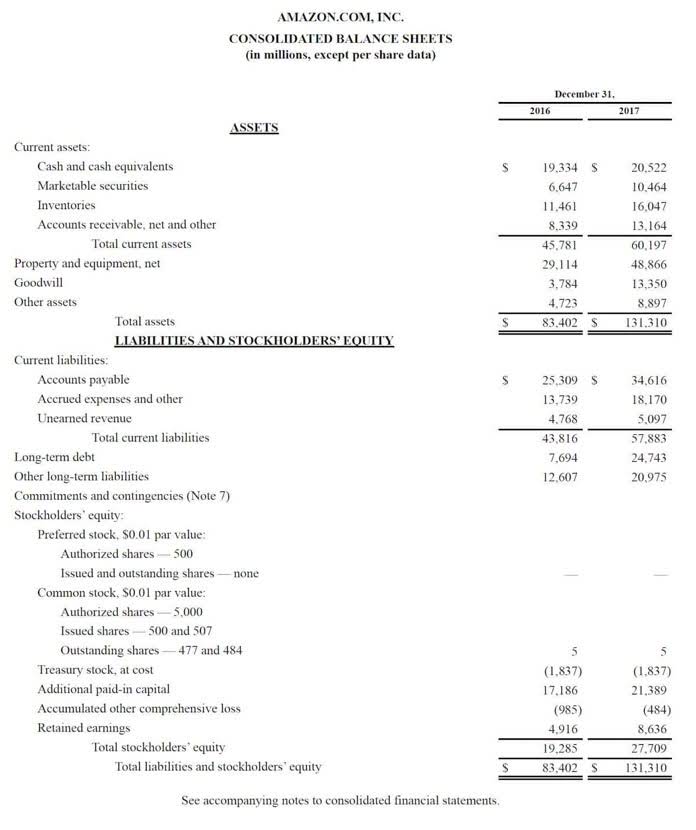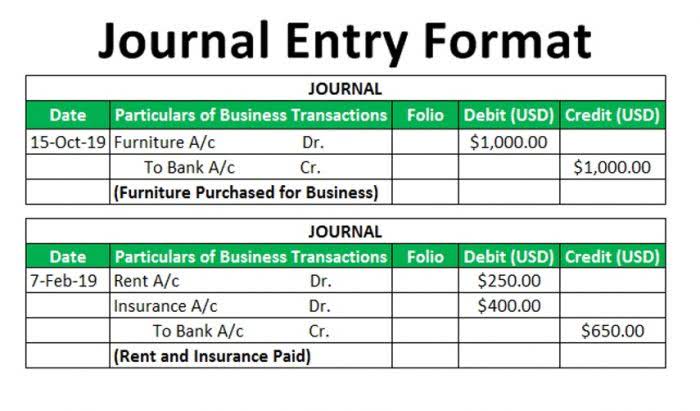
The information on our website cannot be considered a substitute for legal and binding advice for any specific situation. While we strive to provide up-to-date and accurate information, we do not guarantee the accuracy, completeness and timeliness of the information on our website for any purpose. We are not liable for any damage or loss arising from the use of the information on our website.
- If they worked more than 40 hours in a workweek, multiply the overtime hours by 1.5 times the regular rate and add it to their regular pay to get the total overtime pay.
- The regular rate of pay may also include additional compensation such as shift differentials (different pay rates depending on the shift worked), non-discretionary bonuses and commissions.
- Whether they’re receiving hourly wages or a salary, knowledge of overtime rules can ensure they’re compensated fairly for their additional labor.
- Under the Fair Labor Standards Act, companies are not required to provide paid time off for holidays.
Your Step-by-Step Guide to Calculating Overtime Pay
For example, if an employee worked 45 hours in a week, they are eligible for overtime pay for five hours. Compensatory (comp) time is not allowed in lieu of overtime pay for non-exempt private sector employees covered under the FLSA. Under certain conditions, state and local government agencies can satisfy overtime payments by granting comp time equal to one and one-half times the number of overtime hours. Wage and Hour Division of the Department of Labor Fact Sheet #7 for details. One of the most important things to remember about overtime is that it’s calculated differently for people on salary than for people paid hourly.
Are part-time employees eligible for overtime?
Calculating overtime pay for hourly employees involves determining the regular rate of pay and multiplying it by the overtime rate for hours worked beyond 40 in a workweek. The FLSA regular rate of pay is at the heart of overtime calculations. Accounting for Churches It’s the average hourly rate determined by dividing your total pay (excluding overtime premiums) by the total number of hours worked in a workweek. Double time pay compensates employees with twice their normal hourly wage, a substantial increase that recognizes the extra effort and sacrifice involved. It isn’t just another line on a pay stub; it’s a significant financial reward offered to employees who step up and go the extra mile.
Who is eligible for overtime pay?
Even in the absence of federal or state mandates, employers can choose to offer double time pay at their discretion. This can be a strategic move to incentivize employees to take on extra hours during peak seasons or critical projects. Under the Fair Labor Standards Act, companies are not required to provide paid time off for holidays. If they do, they need to set their own policies regarding eligibility, pay rates, and whether employees must work on holidays to qualify for the holiday.
- Some salaried employees, especially those classified as non-exempt, are eligible for overtime pay, while others, like those in exempt positions, are not.
- The increase means that an exempt employee who is paid $844 a week (the equivalent of $43,888 a year) or more would not be subject to overtime.
- Double time pay can be a valuable tool in your employee compensation toolbox.
- Using our minimum wage employee example from above, here is an example.
- Your employees earn more, and you, as an employer, reap the benefits of higher workforce efficiency.
- While overtime pay offers a decent bump in pay (usually time and a half, or 1.5 times the regular hourly rate), it’s not as significant as double time pay.
Do holidays and weekends automatically qualify for overtime pay?

If you’re setting up a holiday pay policy and need guidance, Salary.com consultants can help. These compensation experts provide data-driven solutions to address key challenges, with over 70 years of experience in compensation and total rewards. Track hours, ensure compliance, and simplify payroll with our all-in-one platform. Certain employees, like how much is overtime pay managers or professionals, may be exempt from overtime laws in some countries.

The specific number of hours that trigger double time varies by state and employer. Even when not required by law or contract, double-time pay for overtime hours worked or holidays can be offered as an added benefit. However, by state law, employers in California must pay double time for over 12 consecutive hours of work and Washington state requires double time pay for certain public works projects. The regular hourly rate corresponds to the payment per hour worked.
Step #3 Determine the overtime rate

Imagine Brian, a retail worker who earns accounting a regular hourly rate of $15. During a particularly busy season, the store needs extra hands to meet sales demands. The company offers double time pay for any hours worked beyond the standard 40-hour workweek.
New Proposed Overtime Exemption Rule: What You Need to Know
Add the calculated overtime pay to the employee’s regular weekly pay to get their total gross earnings for that week. Gross earnings are the amount an employee earns before taxes and other deductions. Find out how much the employee earns per hour for their normal working hours (regular hourly wage).

Double Time Pay: A Comprehensive Guide for Employers and Employees

By adjusting the number of overtime hours worked in the calculator, you can quickly evaluate different scenarios and plan your work schedule accordingly. The fluctuating workweek method can only be used for employees who have a clear mutual understanding with their employer about the fluctuating workweek arrangement. Calculating overtime for salaried employees with a fixed schedule follows a different approach. Cross-train employees so they can handle multiple roles when needed. Assess whether all your employees are contributing effectively to your restaurant’s operations. For instance, you can measure productivity by calculating sales per labour hour or tasks completed per shift.